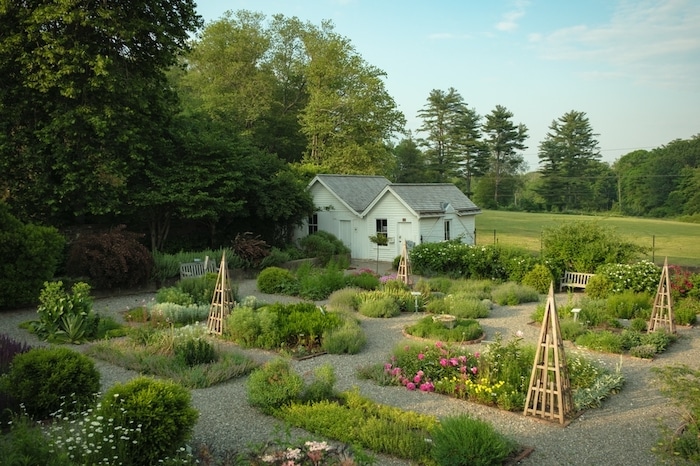
Homesteading Explained
Homesteading is an intentional lifestyle where you’re not just living on a piece of land but actively working it to create your own harmonious, self-sufficient world. In this article, we’ll share some useful homesteading tips.
From growing veggies to raising animals for meat, eggs, and fresh milk, homesteading is about living a simpler life. However, it doesn’t necessarily mean you must quit what makes you happy. It’s all about making eco-friendly choices, and it starts with you taking charge of your own food game. You get to produce and preserve your harvest, so you only occasionally hit the grocery store once the growing season ends.
Not “Just a Few Chickens and A Garden”
This lifestyle can expand until you rely less and less on external resources. As you get used to a new lifestyle and understand how your consumption habits impact the environment, you learn to say, “Thanks, but no thanks,” to traditional power grids and water supply systems.
In the long run, homesteading means becoming an energy creator. You use green sources like solar or wind power and a rainwater harvester, ensuring your self-sufficiency extends to every aspect of daily living.
5 Essential Homesteading Tips for Sustainable Living
Start Small, Learn Big
In the initial stages of homesteading, break ground with a small vegetable garden to learn the basics — the essentials of soil quality, watering needs, and plant care 101. You can also introduce a few chickens to your homestead for a hands-on lesson in animal husbandry. It’ll teach you about dietary requirements, shelter needs, and the relationship between livestock and land.
Complementing these initial steps, consider starting a compost pile to transform kitchen scraps, chicken manure, and other yard wastes into valuable, nutrient-rich soil amendments.
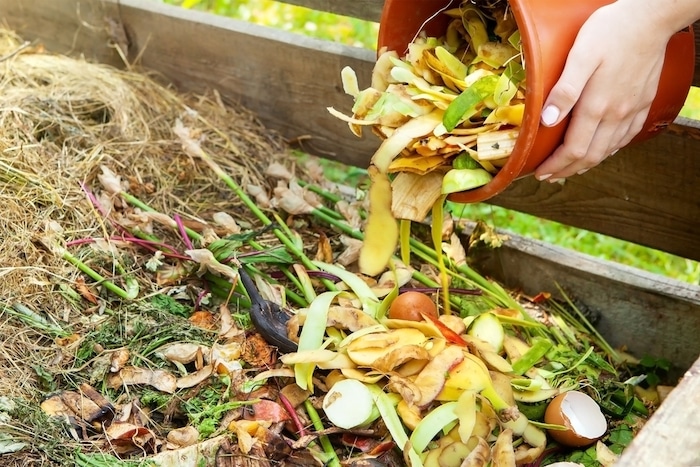
This gradual approach empowers you to build confidence, troubleshoot challenges, and refine your skills before expanding. It’ll also seed a sense of accomplishment that motivates you to set more ambitious goals for your homesteading journey.
Thrive on Thrift
Frugality will be helpful as you stretch your budget and lay the foundation for a resilient and self-sufficient homestead. Learn how to make the most of what you have — repurpose and reuse materials and transform discarded items into valuable assets for DIY projects. For instance, salvaged wood can become a sturdy chicken coop, and repurposed containers evolve into innovative planters.
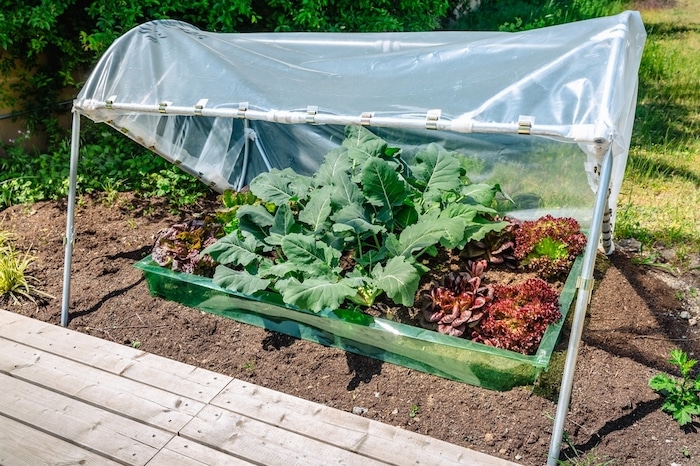
Another tip is to embrace second-hand equipment. Rather than spending money on brand-new tools, opt for well-maintained devices to save money and reduce the overall impact of your homesteading life.
Save Money with Functional Simplicity
Minimize single-use items, turn trash into a resource, and repurpose materials whenever possible. Instead of ornamental, water-intensive lawns, consider cultivating native plants and trees and employing permaculture principles.
You can also opt for energy-efficient structures that capitalize on natural light and ventilation, reducing the reliance on artificial heating or cooling systems. Practical layouts that provide easy access to essential areas like composting bins, rainwater harvesting systems, and vegetable gardens contribute to a more energy-efficient homestead.
Ensure a Steady Income
Participating in local farmers’ markets provides a direct avenue to connect with the community, sell fresh produce, and build a loyal customer base. Expand the range of fresh herbs and products cultivated, focusing on unique or niche items with higher market value. Additionally, offering workshops and classes on homesteading practices generates income and contributes to community awareness about homesteading.

Look for alternative revenue streams, such as starting a Community Supported Agriculture (CSA) program. You can also look into agro-tourism opportunities, like guided tours or farm stays.
Embracing online sales can further expand the reach of the homestead, as it gives you access to a broader market and enables direct engagement with customers through social media.
Build Green Energy Sources
Install solar panels on rooftops or open spaces to build a solar energy system. You can also store the excess energy for later use with efficient batteries, ensuring a consistent power supply. Wind energy is another promising avenue for green power generation.
You can set up a small-scale digester for domestic biogas production, adjusting the size based on the available organic waste. This decentralized energy solution offers several benefits, including reducing dependence on traditional fuels and lowering greenhouse gas emissions.
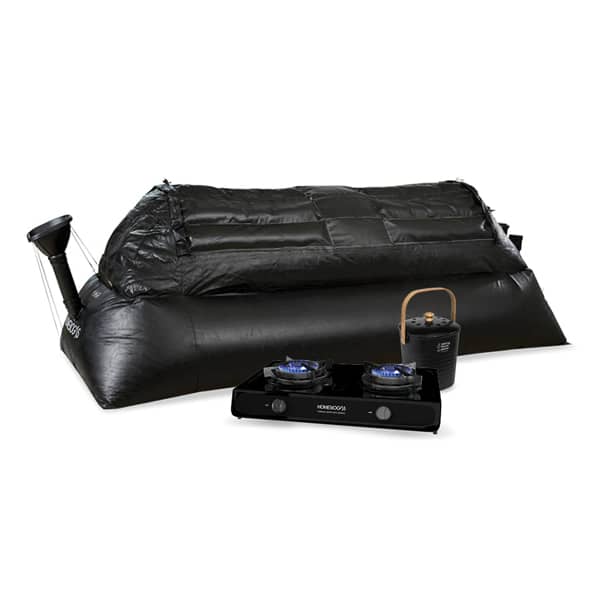
HomeBiogas 6
Designed for the next generation of green innovation.
Challenges and Solutions
Shifting to a simpler lifestyle is a slow process that requires patience and a willingness to learn new skills. The good news is that each challenge represents an opportunity for innovation and problem-solving. Here are some more homesteading tips:
- Weather Fluctuations
You can’t fight extreme temperatures, droughts, or heavy rainfall, but you can mitigate their impact on crop yields and animal well-being. Some adaptive strategies include diversifying crops, implementing greenhouse technologies, and practicing water conservation.
- Initial Setup Costs
Before saving money, homesteading takes a considerable upfront investment. To address this challenge, you and your family can adopt frugal practices. In some states, governments and organizations support aspiring homesteaders with grants, subsidies, or educational programs, making the initial setup slightly more accessible.
- Pest Management
You can implement chemical-free pest control methods, such as companion planting and introducing beneficial insects. Building natural barriers, like fencing, and maintaining proper hygiene practices also contribute to pest prevention.
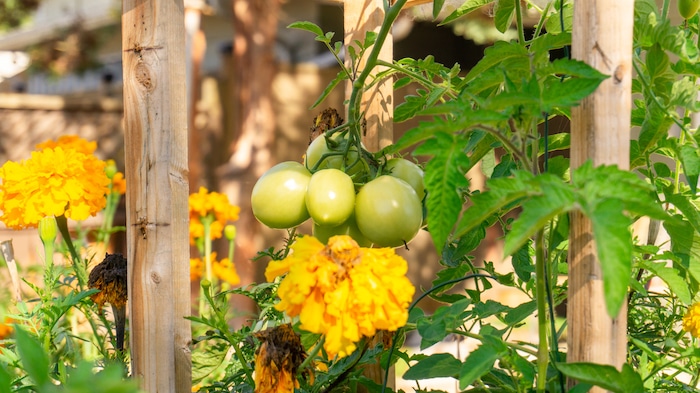
Homesteading Trends
- Homesteaders opt for regenerative agricultural practices like cover crops, agroforestry, or crop rotation to improve soil health, encourage biodiversity, and enhance ecosystem resilience.
- The desire for energy independence has led to a growing trend in off-grid living, powered mainly by renewable energy sources like solar panels, wind turbines, and small-scale hydropower systems.
- Homesteading supports the tiny house movement, as compact homes minimize environmental impact and encourage a focus on quality over quantity.
- More people learn to preserve biodiversity with heritage breeds of animals and heirloom varieties of plants and vegetables. This trend supports genetic diversity and the resilience of traditional, time-tested agricultural species.
- The farm-to-table movement remains a strong trend as consumers prioritize locally sourced, fresh produce.
- Homesteading leverages technology for efficient resource management with smart irrigation systems, remote monitoring for livestock, and precision agriculture tools.
- Natural building materials are in demand. Straw bales, reclaimed wood, and cob offer energy-efficient structures with a lower environmental footprint.
Meet HomeBiogas – Turn Your Organic Waste into Clean, Renewable Cooking Gas & Rich Fertilizer for The Backyard
The HomeBiogas systems address a common challenge in homesteading – effective waste management. Manure from your backyard chickens, kitchen leftovers, and residues from the vegetable garden can easily become biogas. Depending on the size of your biodigester, you can generate up to six hours of cooking gas per day.

The shift to a biogas system goes beyond providing an on-site solution for energy production. The anaerobic digestion that generates biogas helps prevent the release of methane from decomposing organic materials. This contributes to reducing greenhouse gas emissions, making your homestead more environmentally friendly.
Then, there’s the byproduct of the biogas production process: nutrient-rich liquid fertilizer. It’s an excellent organic amendment for your garden and crops and supports soil health, completing a closed-loop system on your homestead.
The HomeBiogas system is easy to install and requires minimum maintenance. The kit has everything you need to start, from a biodigester to pipes to a dedicated biogas stove. It suits many locations, including off-grid homes, small farms, and glamping sites.
What’s Next?
Becoming a homesteader can be fun and rewarding but also comes with challenges, so it’s wise to make this shift a gradual process. As you learn the basics, you can start exploring more homesteading tips and creative ways to make the journey more accessible and enjoyable.
Here are the first three steps to start homesteading:
- Educate yourself. Read books, attend workshops, and explore online resources to understand fundamental skills such as gardening or food preservation. Learn about homesteading communities and other projects that can help you get started.
- Assess your resources and set realistic goals. Consider factors like the size of your property, climate conditions, and local regulations. Determine the level of self-sufficiency you aim to achieve and identify specific activities to undertake, whether gardening, raising animals, or generating renewable energy.
- Start with one focus. Select an activity based on your interests, available time, and resources. For instance, you might start with a few backyard chickens or a compost pile. Starting small lets you gradually learn and refine your skills, building confidence and competence before expanding your homestead activities.






